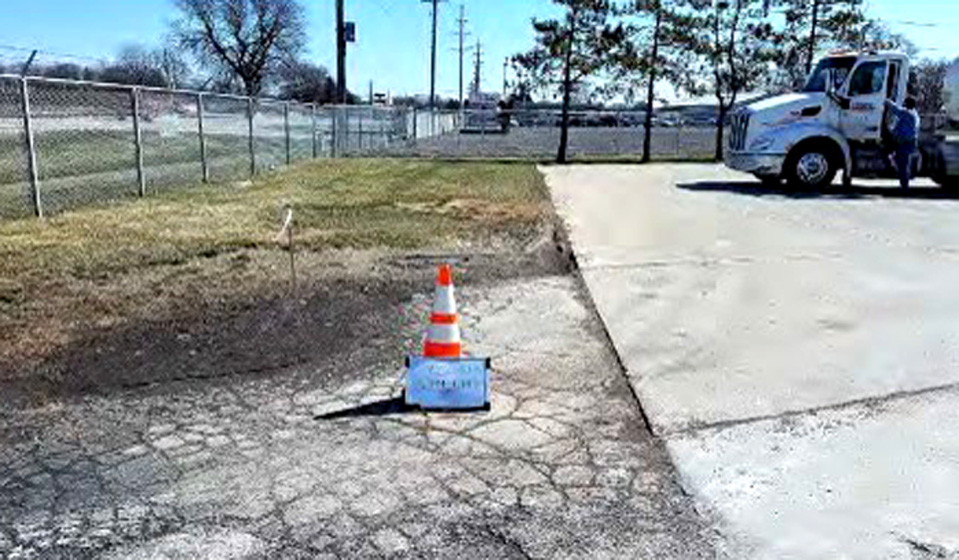During roadway construction, transportation agencies frequently encounter soils containing inorganic compounds that can pose a threat to human health and the environment. Management of such compounds to meet environmental regulations can cause construction delays and increase costs. Recent construction in Illinois has experienced significant increases in cost and delays in construction time and regulatory approval because of the need to address such compounds in surface and subsurface soils. In response, this study evaluated an accelerated in situ electrochemical treatment for extracting inorganic compounds from fine-grained soils.
The need for timely and cost-effective treatment of contaminated soils has led to the development of several in situ treatment alternatives. Although studies on electrochemical treatment have shown successful results, the technique can be improved to more efficiently remove contaminants in soils.
For this study, the researchers sought to develop an accelerated in situ electrochemical treatment approach to extract inorganic compounds, specifically arsenic (As) and manganese (Mn), from fine-grained soils that could be completed as quickly as excavating contaminated soils and disposing of them off-site.
The researchers first conducted a laboratory study using kaolinite clay artificially spiked with inorganic compounds (chromium and manganese). This was done to understand the behavior of the model soil and to optimize the mechanisms required for effective extraction of the inorganic compounds.
The researchers then conducted three bench-scale reactor experiments on samples collected from two borehole locations in Illinois containing arsenic (~7.4 mg/kg) and manganese (~700 mg/kg). They used a combination of hydrogen peroxide (H2O2) and a citrate buffer solution to treat the soils, and they applied a low-intensity electrical field to the soil samples by using a bench-scale reactor that resembled field-scale in situ electrochemical systems.
For the treatment composed of a 10 percent H2O2 and citrate buffer solution, the average contaminant removal rates were 23 percent for manganese and 8 percent were for arsenic. A 4 percent H2O2 and citrate buffer solution achieved contaminant removal rates of 39 percent for manganese and 24 percent for arsenic. Using only the citrate buffer as the electrolyte achieved rates of 49 percent for manganese and 9 percent for arsenic.
All chemical regimes used in this study reduced the contaminant concentrations to below the maximum allowable concentration for Illinois, as specified by the Illinois Environmental Protection Agency. The results indicated that electrochemical systems that leverage low concentrations of hydrogen peroxide and citrate buffer can be effective at remediating soils containing manganese and arsenic.
The developed technique is scalable to the field and treats the contaminated soils within a short time frame, equivalent to the time and cost of excavation and off-site disposal. Using this rapid treatment approach will allow IDOT to divert volumes of waste from Illinois landfills, reduce carbon footprints, lower environmental risks, and achieve substantial cost-savings.
Authors:
Taiwo Akinleye
Idil Deniz Akin
Amanda Hohner
Indranil Chowdhury
Richard J Watts
Xianming Shi
WSU Department of Civil and Environmental Engineering
Brendan Dutmer
Highland Community College
James Mueller
Will Moody
Provectus Environmental Products, Inc.
Illinois Center for Transportation
Sponsors:
Illinois Department of Transportation
Federal Highway Administration

